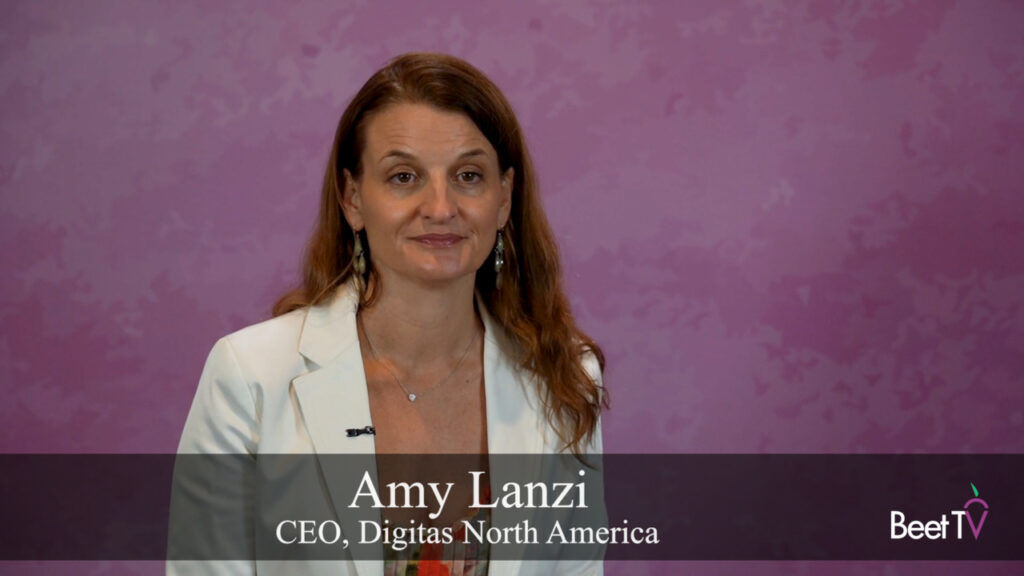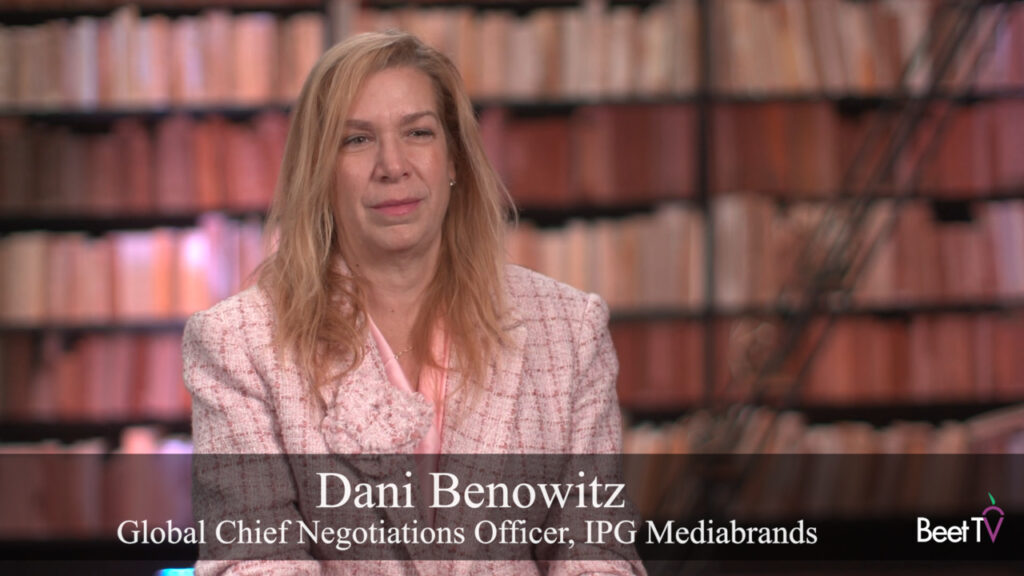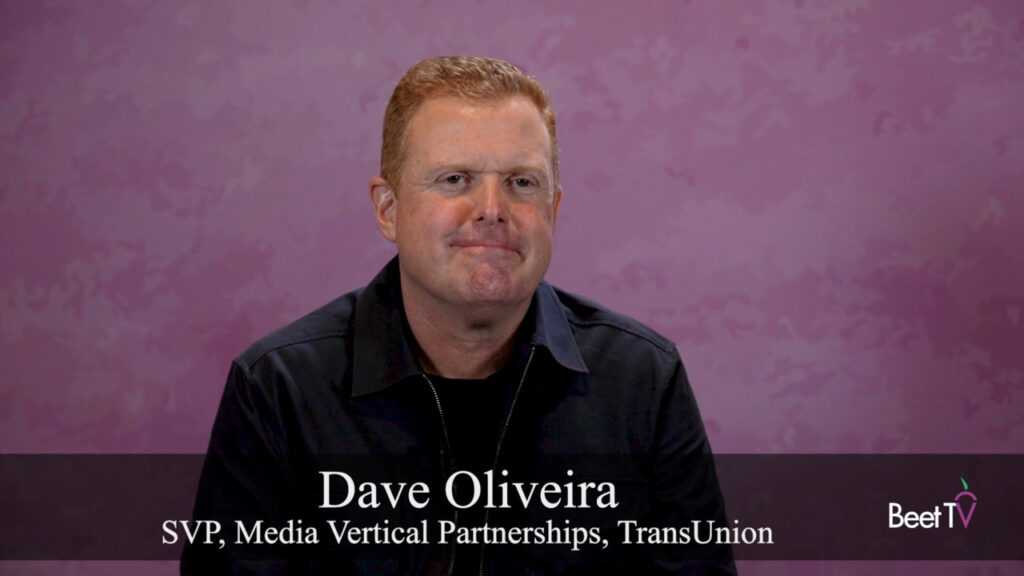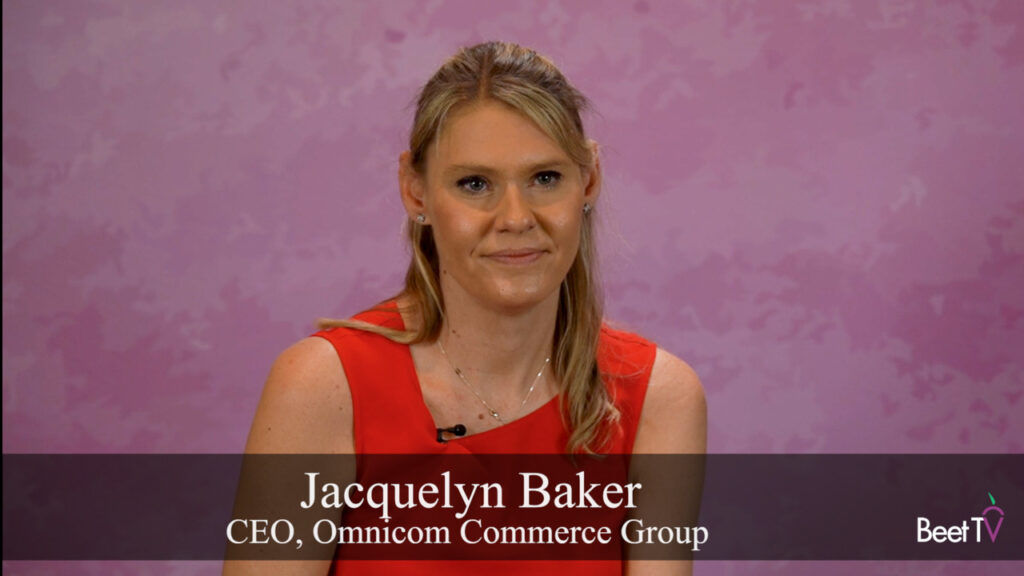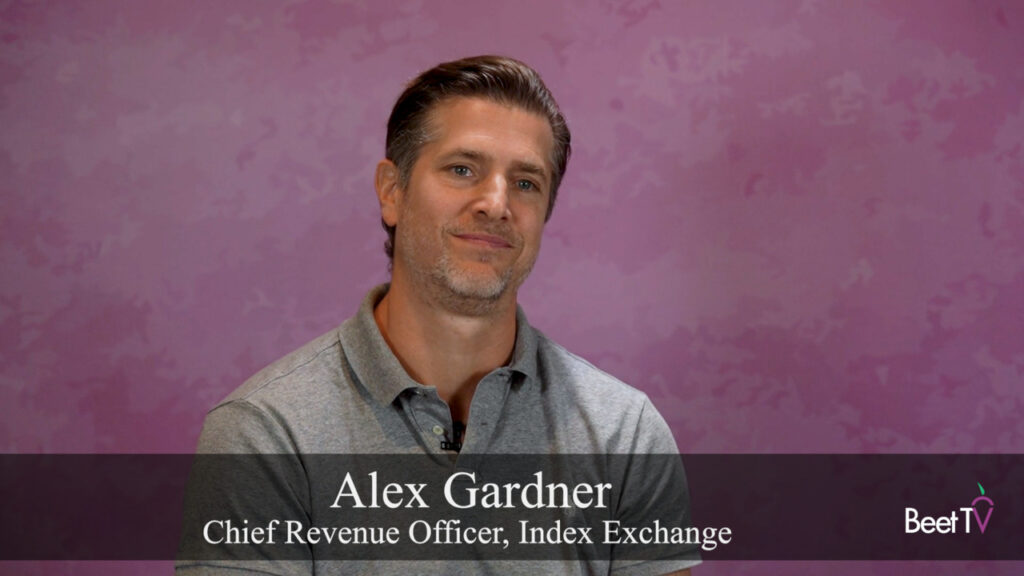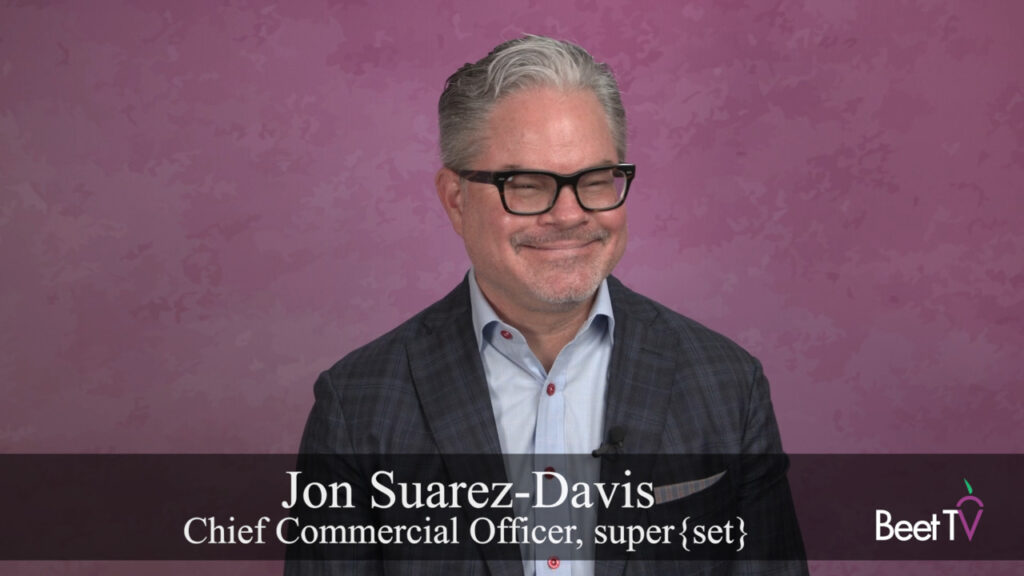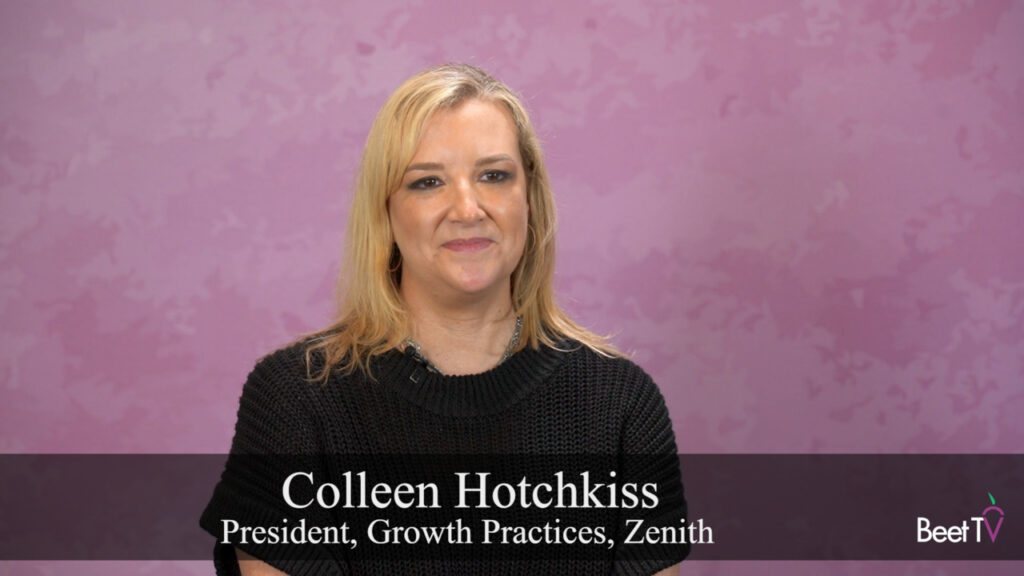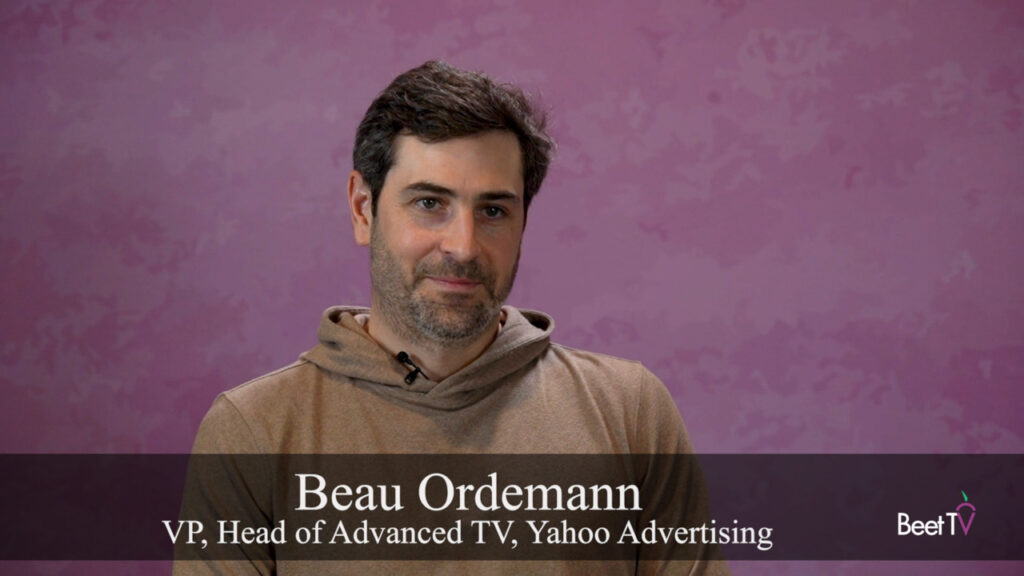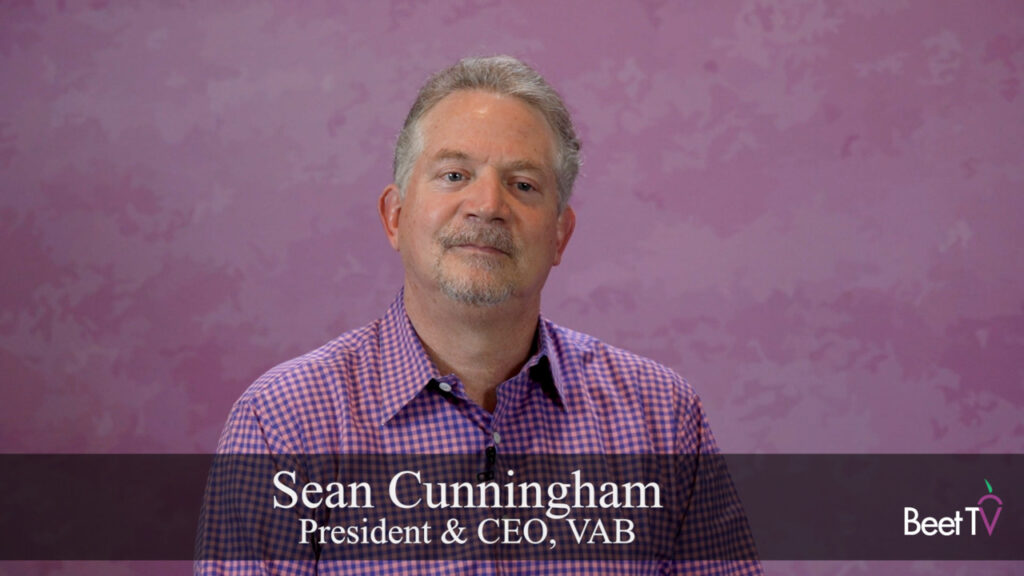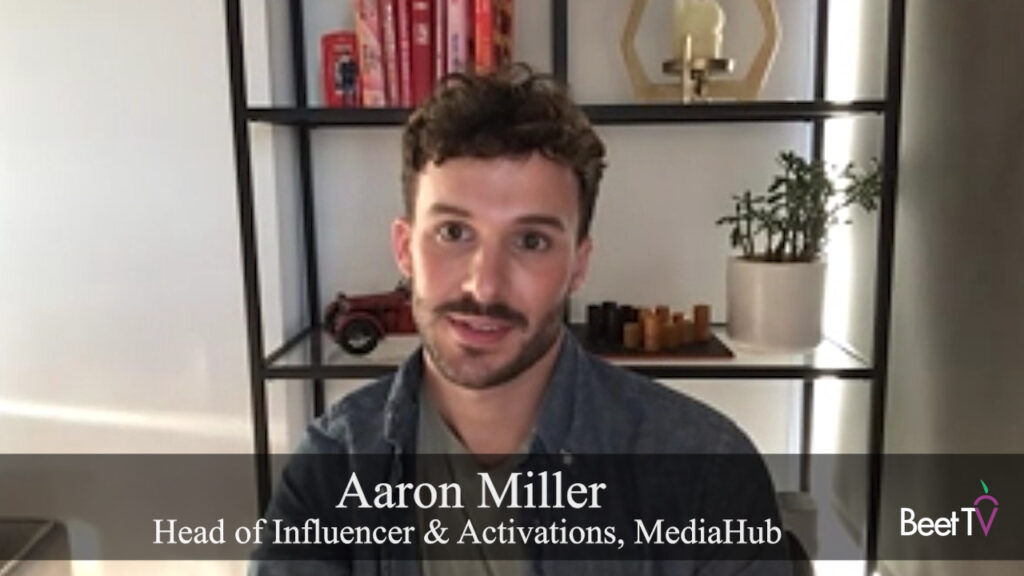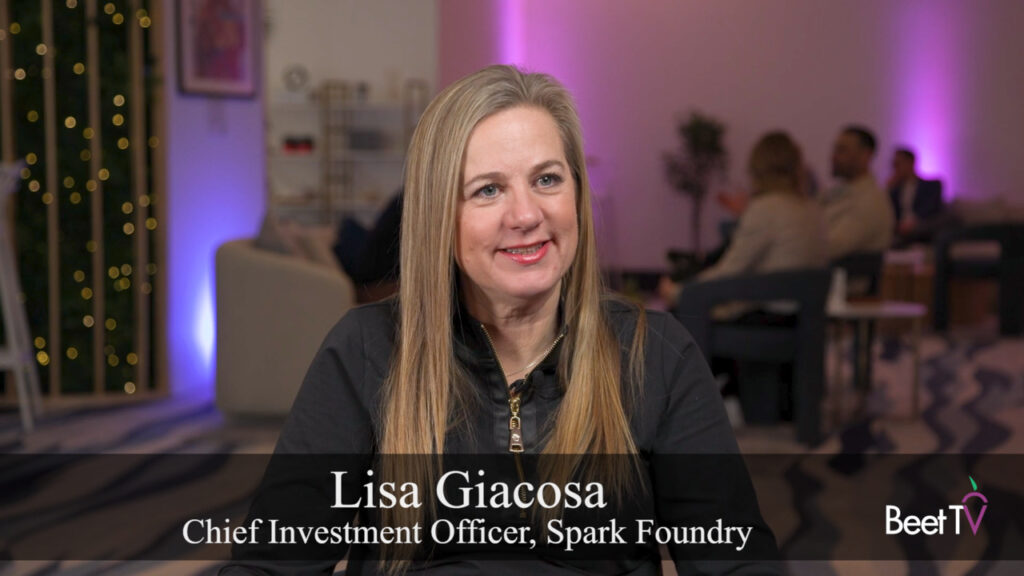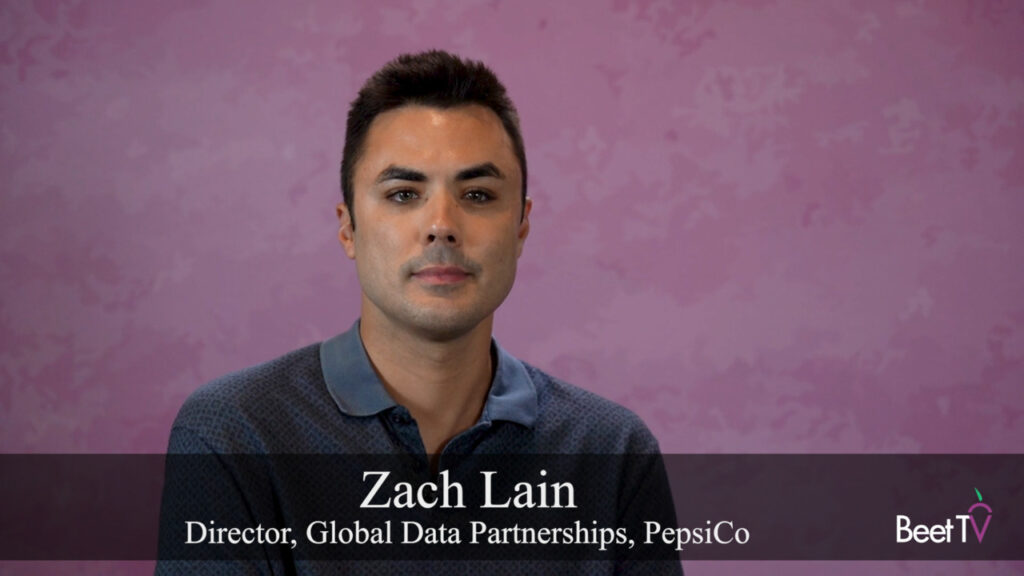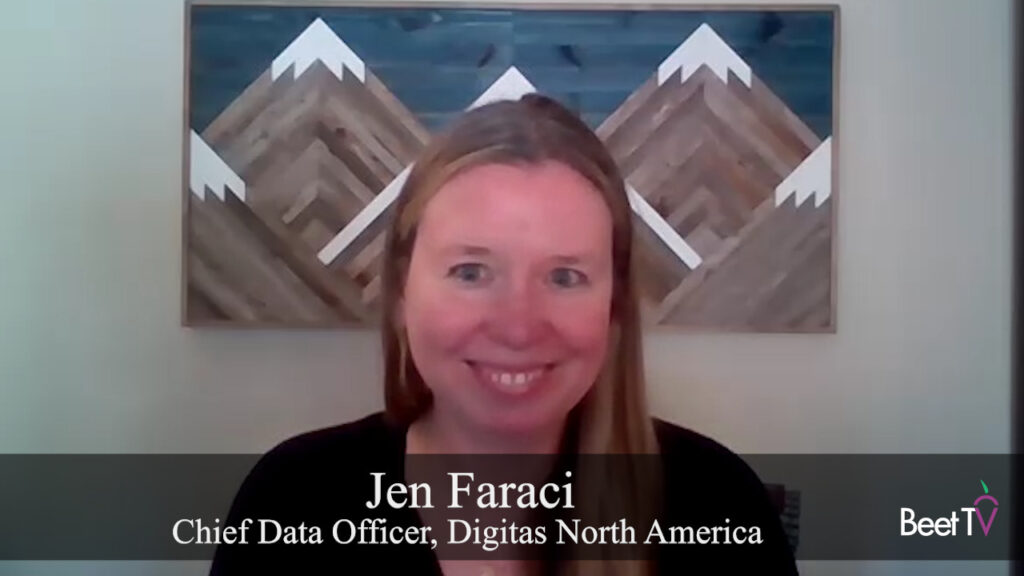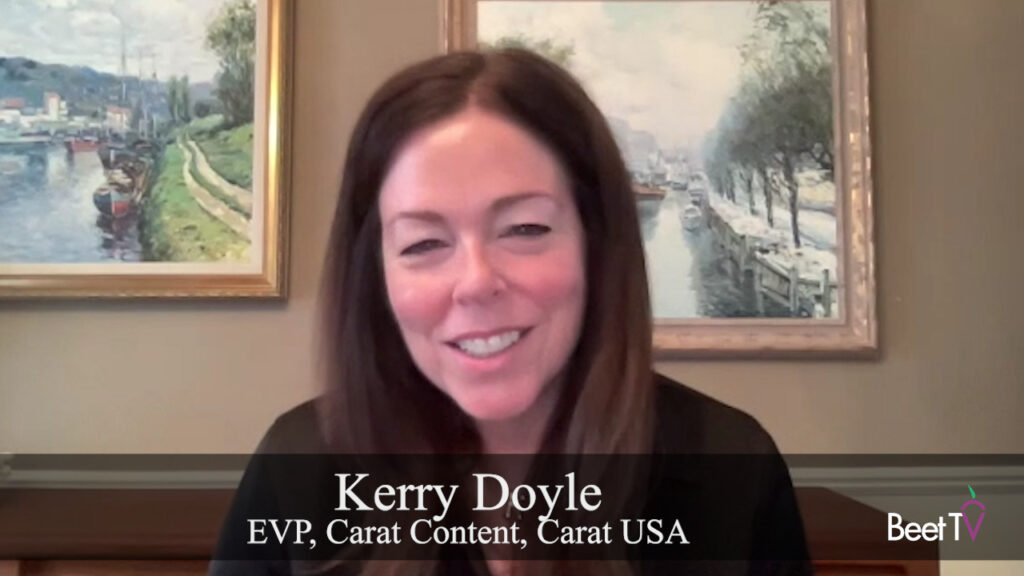Ben Tatta recalls the early days of addressable television experiments at Cablevision as “really just 100,000 households in Brooklyn” New York. Now there’s more than 35 million homes nationwide capable of receiving addressable ads, but David Kline, who gave Tatta his start at Cablevision, says it’s not enough.
“National advertisers don’t want 40 million. It’s a good start, but I think we’ve got some catch-up to play,” Kline says in this one-on-one discussion with Tatta at the recent Beet Retreat in the City.
Upon the sale of Cablevision to Altice, Tatta joined the startup 605, on whose board Kline now sits while also holding the roles of President of Spectrum Reach and EVP of Charter Communications. Tatta is President of 605.
Asked by Tatta to define the state of addressable TV, Kline points to the traditional business model of the cable providers whose participation is needed to expand the national footprint by using their two minutes of local ad time.
“I think a big reason for that is many operators, many distributors are in the subsection television business. They’re not in per se the advertising business, and I think that perception is starting to change,” Kline says.
“They’re always going to be in the subscription business, selling video products and high-speed data and telephony and soon mobile phone service for some of us,” Kline adds. “Advertising has always sort of been, ‘hey we’ll take that money, it’s great high margin, but we’re not going to invest that much in it.’”
Having just launched linear addressable in Los Angeles, Charter’s “footprint in New York will be months away. I think it’s not moved fast. Maybe it’s moved fast in cable years, but it hasn’t moved fast in anything else,” Kline says.
On the way to additional scale, addressable is providing a foundation upon which TV networks can enhance the value of their national inventory, according to Kline.
“If they really want to make their network inventory more valuable, they need to get it better targeted. More relevant. And we have the platforms that can do that.”
In the meantime, he sees the model for networks as acquiring the widest possible amount of distribution and collecting license fees from distributors. “But I’m not naïve. We know that things will evolve and viewership will move to other places. But there is still a ton of viewership on what we would call traditional platforms, and I think that’s going to continue for quite some time,” Kline says.
This video was produced at the Beet Retreat in City & Town Hall on June 6, 2018 in New York City. The event and video series are presented by LiveRamp, TiVo, true[X] and 605. For more videos from the series, please visit this page.













![true[X]’s Midha Revels In Vogue For Lower Ad Load](https://www.beet.tv/wp-content/uploads/2018/06/thumbnail-55-250x150.jpg)











![The Next Frontiers For true[X]: Voice Activation, Engagement Ads In Live Events](https://www.beet.tv/wp-content/uploads/2018/06/thumbnail-25-250x150.jpg)
